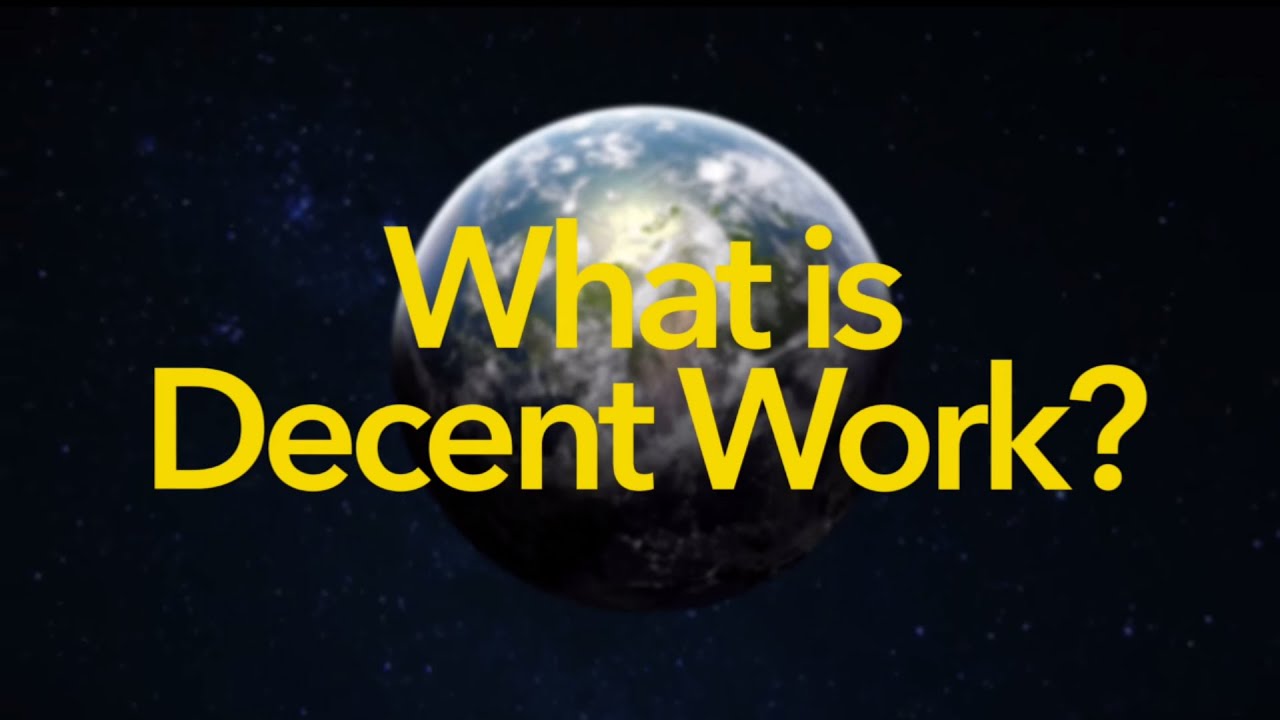Achieving gender equality and empowering women and girls is the unfinished business of our time, and the greatest human rights challenge in our world -UN Secretary-General, António Guterres.
A young woman in Nigeria is trying to run a successful business, while her Kenyan counterpart wants to venture into politics. Another young Botswanan girl wants to go to school but is told a woman’s place is in the home, tending to chores. In America, a young woman wants a break into the “geek” world of science and technology.
These women, though so far apart are united by one issue, breaking the bias and fitting into a male-dominated world. Regardless of what part of the world we live in, gender equality is a fundamental human right.
The 2030 Agenda for Sustainable Development and its 17 Sustainable Development Goals (SDGs) adopted by world leaders in 2015 embody a roadmap for progress that is sustainable and leaves no one behind.
Goal 5 of the SDGs: “Achieve gender equality and empower all women and girls” is known as the stand-alone gender goal, because it is dedicated to achieving all goals. Women have a critical role to play, with many targets specifically recognizing women’s equality and empowerment as both the objective and part of the solution.
Why Gender Equality Matters Across All SDGs
Women and girls represent half of the world’s population and therefore also half of its potential. When their lives are improved, the benefits echo across society. Today, gender inequalities persist everywhere and are still deep-rooted in every society.
Women suffer from a lack of access to decent work and face occupational segregation and gender wage gaps. Inequalities faced by girls can begin right at birth and follow them all their lives.
In some countries, girls are deprived of access to health care or proper nutrition, leading to a higher mortality rate. In many situations, they are denied access to basic education and are victims of violence and discrimination. They are under-represented in political and economic decision-making processes.
While there has been some progress over the decades, on average women in the labour market still earn 20 per cent less than men globally. As of 2021, only 25 per cent of all national parliamentarians were female, a slow rise from 11.3 per cent in 1995.
Gender equality and the empowerment of all women and girls is not only an explicit goal under the 2030 Agenda but also a driver of sustainable development in all its dimensions, from ending poverty and hunger, promoting prosperity and inclusive growth and building peaceful, just and inclusive societies to securing the protection of the planet and its natural resources.
By contrast, where women and girls are denied rights and opportunities, progress will inevitably falter and the 2030 Agenda as a whole will be in jeopardy.
Gender-Related Challenges
Worldwide, 35 per cent of women between 15-49 years of age have experienced physical and/ or sexual violence. The COVID-19 lockdown caused an increase in domestic violence in many countries, showing the critical importance of social protection for women and girls.
One in three girls aged 15-19 has experienced some form of female genital mutilation in the 30 countries in Africa and the Middle East, where the harmful practise is most common.
Women and girls are increasingly being recognized as the most vulnerable to the repercussions of climate change as compared to men. This is because they are more likely to live in poverty than men, have less access to basic human rights, and face violence that spiral during a disaster.
Gender inequalities in the labour market persist, largely due to occupational segregation and gender pay gaps. Disadvantages in education also translate into a lack of access to skills and limited opportunities in the labour market.
Unequal gender relations often leave women trapped in domestic activities in which they have little control over the proceeds, whether it is food or cash thereby rendering women more vulnerable to food insecurity.
Turning Goals into Action
Seven years after world leaders adopted the SDGs, progress on gender equality has been highly uneven across the different dimensions of the 2030 Agenda and the promise of a world in which every woman and girl enjoys full gender equality, and where all legal, social and economic barriers to their empowerment have been removed, remains unfulfilled.
Removing discriminatory laws and putting in place legislation that promotes gender equality is a prerequisite to achieving equality between the sexes.
Over the past 25 years, progress has been made through, for example, legislation prohibiting discrimination based on sex with respect to inheritance and citizenship, laws that guarantee equality within the family and laws that address domestic violence.
However, while progress has been significant, discriminatory constitutional and legislative provisions remain in place in many countries, leaving women without protection or legal basis to claim their rights.
\Advancing gender equality is critical to all areas of a healthy society, from reducing poverty to promoting the health, education, protection and well-being of women and girls.
Unless appropriate action is taken to advance gender equality, the promise of the 2030 Agenda will remain unfulfilled.


